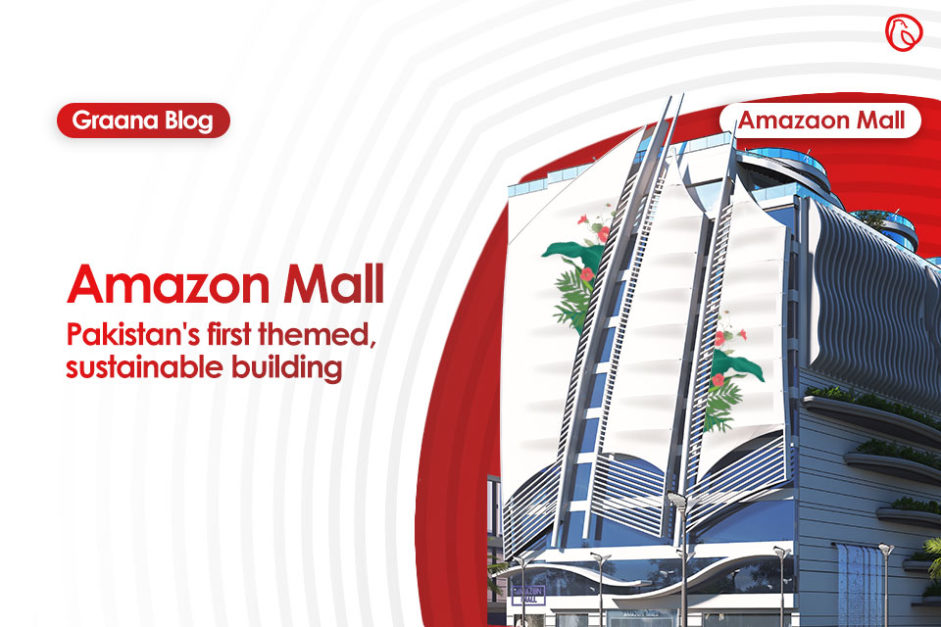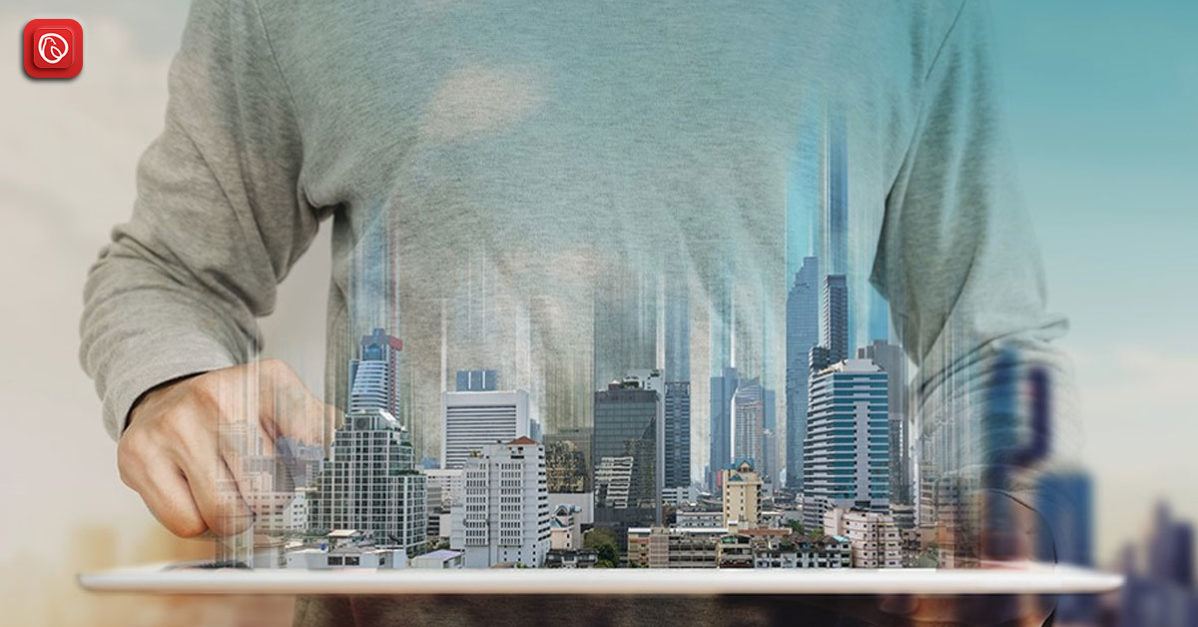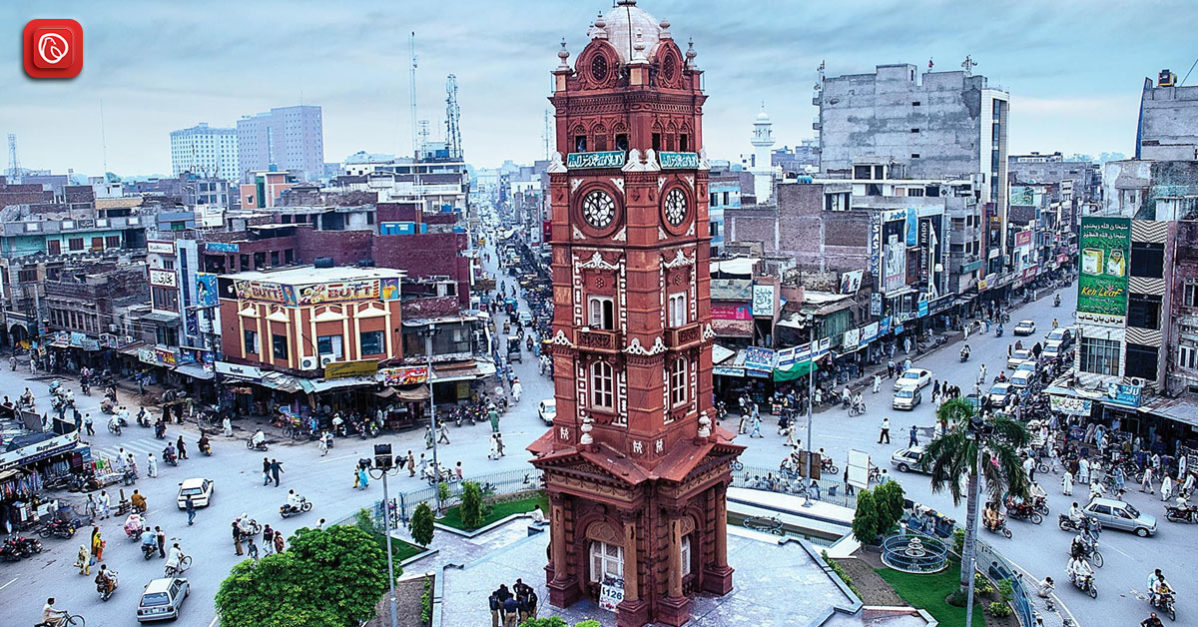Gone are the days when shopping malls would be visited by shoppers only. They are now referred to as the most pulsating hubs of shopping, entertainment, health and beauty, fine-dining, corporate set-up, retail centres and other lively experiences. Therefore, the concept (and the term) changed from shopping mall to mixed/multi-purpose mall – bringing a revolutionary transition into commercial real estate development.
Today, we’re a step ahead, and judge the grandeur of shopping malls not by their number of floors, spaciousness, and variety of services they offer, but by the scale that indicates a building’s contribution to the sustainable development of the city.
Being an informed visitor/shopper, I may be as much interested in looking for eco-friendly traits, energy-efficient features, healthy interiors, and community engagement capabilities of the shopping mall, as I may want to see manifold shopping options there.
In Pakistan, the concept of sustainable building remained shrouded in various approaches for long, until Imarat Group of Companies kicked off Amazon Mall and delivered a pragmatic benchmark of sustainable development in the commercial real estate sector of the capital city.
In this article, we will discuss how Amazon Mall lays a foundation for sustainable development in Pakistan, and how it introduces spectacular project management practices for the timely delivery of the project.
Design Aura of the Building
Exclusive care has been taken to develop an eco-friendly aura for the interior and exterior of the building. The 14-storey mall occupies a total floor area of 297503.00 square feet as the building’s covered area, which includes offices, shops, restaurants, entertainment and many other niceties. Additionally, with the provision of ample parking space, Amazon Mall becomes one of the very few shopping spots of the city that take traffic density into account and unfold adequate arrangements.

The overall parking capacity of the mall is around 400 vehicles. The basement will accommodate over 200 vehicles, while the rest will be accommodated by a spacious parking facility at the side, back and service road of the mall. Both self and valet parking privileges will be provided to the mall visitors to ensure traffic connectivity in the mall’s premises.
The mall portrays Imarat Group’s vision to create an icon at the cusp of the twin cities to ensure sustainable work space, shopping and recreation for all. Unfortunately, our commercial real estate development has always remained focused on propping up consumerism, while disregarding value-added approach and climate sensitivities.
From the outset, the desire was to deliver a carbon neutral building that serves all purposes within an Amazonian microcosmic atmosphere. It was accomplished through innovative design features which include optimised lighting, super-efficient power backup and state-of-the-art electronic equipment. The potential carbon hazard was minimised during construction through pre-fabrication and an appropriate mechanism for waste reduction.
Amazon Mall used building information modelling to identify and subsequently address all logistic, architectural and administrative issues before the construction of the mall started. It helped in preventing unnecessary use of building materials, labour and time.
Eco-friendly Impression
In addition to excessive indoor and outdoor plantation – based on a rainforest theme – the extension (Zone-C) view of the facade too has been embellished with greenery. Additionally, the building’s sails (as it is designed as a ship) are made of Teflon, which too have far-reaching effects on the climate change. For example, Teflon can sustain a wide range of temperatures, and is effective at the surface temperatures of up to 260 degrees centigrade and even higher.
Secondly, it is resistant to ultraviolet impact and hazardous oxidation, discoloration and embrittlement. Thirdly, since it carries a high melting point, it is flame-proof and does not facilitate chemical ignition. Such measures create natural heating, cooling and lighting.
The atrium receives maximum daylight that is reflected by grey painted concrete floors, ceilings and the walls. Since most of the daylight is exposed and reflected via interior colour scheme, the requirement of artificial lighting is considerably reduced.
In addition to natural lighting, lily pads make yet another feature that brings Amazonian behaviour to the mall. As one of the profusely-found objects in the Amazon, lily pads showcase not only refined outlook and delectable cuisines, but also promote green climate. Other energy-efficient features include low energy LED lighting and IT equipment, high efficiency cargo and visitors’ elevators, and adequate ventilation. At the same time, various steps have been taken to ensure that fuel and power consumption is reduced to satisfactory levels.

Resource Efficiency
The Amazon Mall uses pre-fabricated elements such as chilled beams, smart toilets, doors, window walls, wall panels, floor panels, roof trusses, etc. which reduced logistic requirements and subsequently waste that may have been generated. Likewise, a whole supply chain was engaged to ensure that sustainability requirements are duly met. For instance, before construction could take place, M&E, structural steel, procurement teams, pre-cast concrete floors, and other key players were timely engaged, which helped in reaching the targets, minimising carbon emissions and systematising the entire project development procedure.
The Amazon engineers have developed a system that would make consistent efforts to reduce the production of waste at the source and sites. To achieve the goal, as discussed, the mall has engaged the entire supply chain from designers to material suppliers and from contractors to the owners of the mall units. The management is closely working with the shop owners to find suitable replacement for the plastic shopping bags which are to be banned from 14 August. The mall management has even approached the ministry of climate change for guidance and potential collaboration.
At the same time, the mall management believes that regular resource efficiency workshops should be held with the clients and designer teams to brainstorm ideas and its implementation for maximum reduction of waste from the premises, as well as on site. The waste that is produced will be quantified to identify what possible disposal could be possible i.e. recycling, recovery, dumping etc. Keeping it in view, the mall has refuse shoots for the garbage, which would separate wet waste from the dry one.
Community Engagement
Although, Amazon Mall was a continuation of developing commercial real estate projects in the region, its prime focus was always rooted in community engagement and real estate industry’s promotion. Therefore, though it engaged exceptionally talented human resource for every department, it kept an adequate space for the country’s struggling youth. Eventually, at one point, more than 80% of the human resource was between 25 to 30 years old.
Similarly, the country’s retail sector has become exorbitantly expensive. Shopping from established brands for low-paid families is a dream now. Amazon Mall, in an effort to give back to the community, has dedicated the entire mall to factory outlet of the popular brands. These brands would bring their products on subsidised rates to facilitate every shopper, belonging to any economic class. It will be Pakistan’s first factory outlet mall.
Another feature that makes the mall stand out among all others is providing active platform to exhibitors and event planners. The mall will organise 26 events every year – one event after every two weeks – which would include fashion walks, designer couture, exhibitions and themed events.
Other highlights include:
- on-site training of more than 50 interns and basic skill enhancement of over 100 people.
- recruitment of the entire labour force from the region
- promoting local industry
- clean and green initiatives undertaken in the premises and outskirts of the project in collaboration with relevant development authorities.
- the façade of the building has Pakistan’s largest screen (180×40 ft LED screen) to entertain residents of the twin cities through projection mapping, augmented reality and virtual reality techniques
- parking and access facility to physically-challenged people
If you have any queries or questions, or anything you want to share with us, please leave us a comment below.




